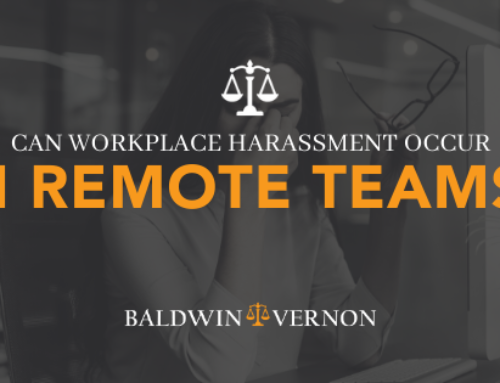What is sexual harassment?
According to the U.S. Equal Employment Opportunity Commission (EEOC), sexual harassment is legally defined as:
“unwelcome sexual advances, requests for sexual favors, and other verbal or physical conduct of a sexual nature when this conduct explicitly or implicitly affects an individual’s employment, unreasonably interferes with an individual’s work performance, or creates an intimidating, hostile, or offensive work environment.”
According to the EEOC:
- The victim as well as the harasser may be a woman or a man. The victim does not have to be of the opposite sex.
- The harasser can be the victim’s supervisor, an agent of the employer, a supervisor in another area, a co-worker, or a non-employee.
- The victim does not have to be the person harassed but could be anyone affected by the offensive conduct.
- Unlawful sexual harassment may occur without economic injury to or discharge of the victim.
- The harasser’s conduct must be unwelcome.
Prevention
Prevention is the best way to eliminate sexual harassment. Your employer should take preventative steps to prevent this type of conduct from happening at the workplace and communicate to all employees that sexual harassment will not be tolerated in any form. Your employer should have a clear sexual harassment policy stated in the employee handbook. Some employers provide a mandatory training about sexual harassment that helps employees understand what constitutes sexual harassment and outlines the steps to take if an employee is subject to harassment, such as a formal complaint process.
Speak out
In times where preventative measures are absent or they are not enough to stop a harasser, a victim should speak up to the harasser and speak out to their employer. A victim of sexual harassment should tell the harasser that the treatment must stop immediately and reach out to the employer by utilizing a formal complaint process if available.
If you feel harassed, work with an attorney who can help you defend your rights.




